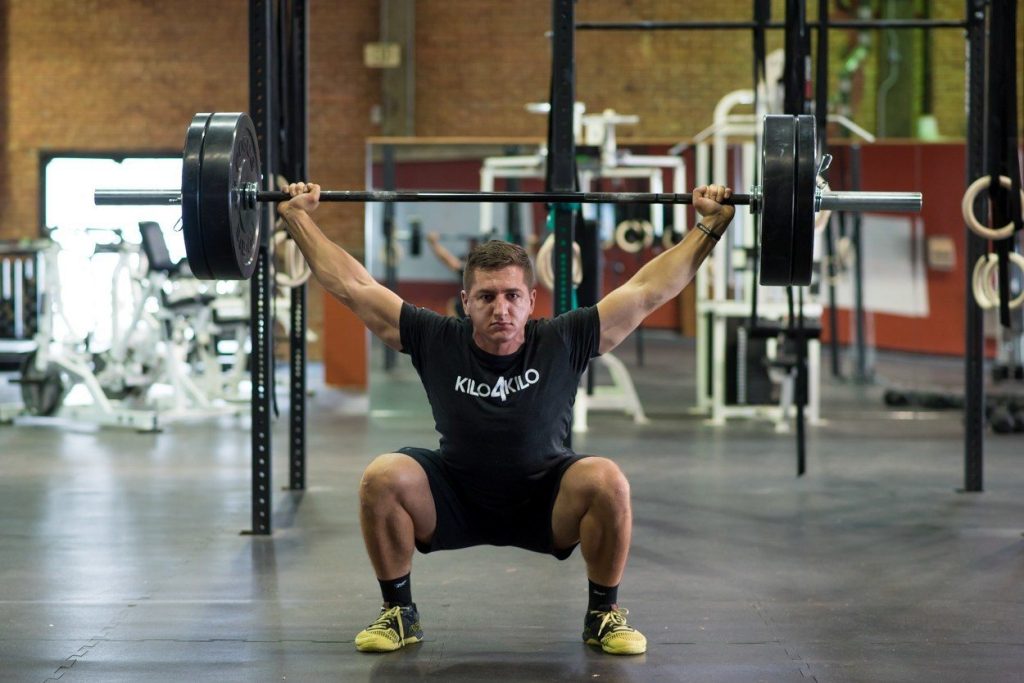With the rise of crossfit we have seen an increase in the utilisation of overhead lifting exercises and Olympic lifting drills such as the snatch.
Just like any other exercise we see a vast array of different levels of technique. With such dynamic, complex and powerful movements, there is a lot that can go wrong and coaches frequently miss key areas or restrictions that could impact on the performance of these lifts.
In our latest video series, we will address a number of mobility and stability issues we see a lot in overhead lifting exercises, issues which can ultimately lead to injury and long periods of rehabilitation.
Movement preparation is a key part of any athlete’s training program. Ensuring you have good range of motion in the right areas can significantly improve your technique, performance and reduce risk of injury.
For overhead lifting we are going to focus on mobility and stability in a few key areas:
Thoracic spine mobility – The mid to upper back is an area often overlooked and has a direct correlation with injuries below (lumbar spine, hip etc) and above (neck, shoulder).

Diaphragmatic breathing – the importance of good breathing mechanics are something we focus on heavily here at Waveblade, due to the attachment of the diaphragm to the rib cage, good breathing mechanics can help to free up the T-Spine region, essential in overhead lifting patterns.
Shoulder mobility/stability – A complex joint that is all too easily injured, we provide strategies to ensure the proper range is achievable, and teach the joint and supporting musculature to safely stabilise load overhead.
Trunk stability – Whilst lifting excessive loads overhead, it is important to include trunk stability techniques, that utilise the muscles of the core, to stabilise and support the spine, preventing injury and enhancing lifting performance.
Check out the first video, focusing on the Thoracic Spine, below and sign up to receive the rest of the series direct to your email.


